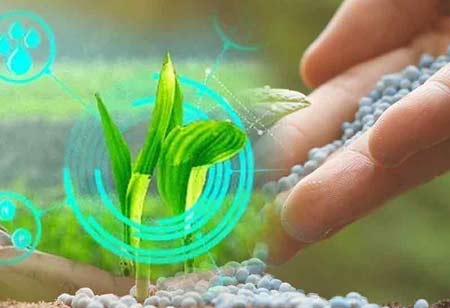Thank you for Subscribing to Agri Business Review Weekly Brief
Precision Agriculture Machine Vision Applications
Agriculture is experiencing an automation revolution. Precision techniques create greater agriculture efficiencies

By
Agri Business Review | Saturday, October 15, 2022
Stay ahead of the industry with exclusive feature stories on the top companies, expert insights and the latest news delivered straight to your inbox. Subscribe today.
While many types of automation technologies are used in agriculture today, machine vision is at the heart of the latest technological growth in precision agriculture.
FREMONT, CA: Agriculture is experiencing an automation revolution. Precision techniques create greater agriculture efficiencies and profitability through improved yields and lower operating costs. However, with rising labour costs, growing aesthetic standards for agricultural products, and greater global competition, farmers have been evolving to the latest automation technology to stay ahead of the game.
While many types of automation technologies are used in agriculture today, machine vision is at the heart of the latest technological growth in precision agriculture.
5 Ways Machine Vision is Utilized in Precision Agriculture
Machine vision has been used in agriculture for decades. Still, the near-constant rate of innovation, driven by the great market potential of agriculture automation, has led to thrilling new applications in the past few years.
Here are five ways machine vision is used to automate agricultural processes.
1. Field Robots: a professional service robot, field robots automate harvesting, planting, weeding and more. Machine vision systems identify and categorize crops, providing essential visual input for all the tasks listed above.
2. Phenotyping: as the swiftly expanding human population needs greater volumes of food. Phenotyping is essential for ensuring only the best crop breeds are grown. Machine vision supports the identification of the best breeds by monitoring growth and determining phenotypic traits that indicate a robust genotype.
3. Grading and Sorting: when coupled with deep learning techniques, machine vision can sort good crops from bad crops and decide which will be stable for lengthy shipments and which will go bad first and should be sent to local markets.
4. Livestock Identification: machine vision can be used to identify livestock and monitor their growth throughout their lifetime to give important information about their progress towards harvesting.
5. Machine Guidance: autonomous tractors & other vehicles are gaining traction in the agriculture industry. Machine vision directs these vehicles in variable outdoor conditions for full autonomy.
Machine vision allows new automated processes in agriculture, opening the door to greater efficiency and profitability. As precision agriculture technology progresses, machine vision will play a key role in the ongoing automation of agricultural processes.





